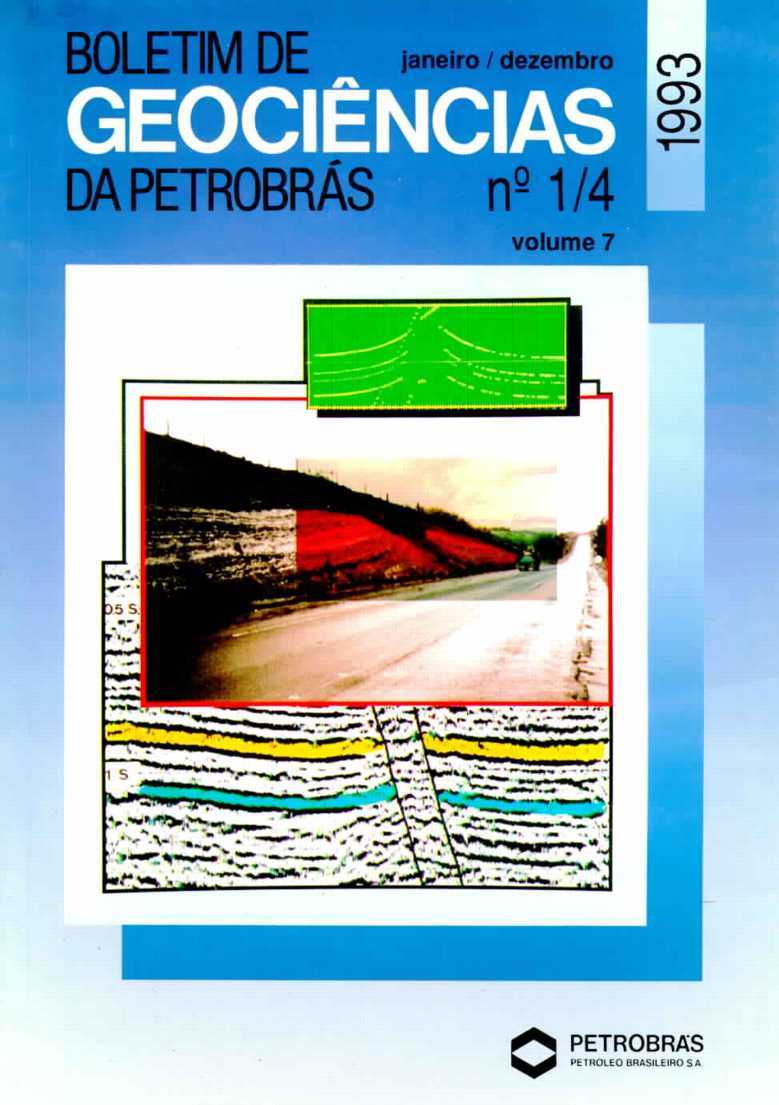Laboratory evaluation of the seismic method in monitoring thermal enhanced oil recovery in the fazenda Alvorada Field
Abstract
Seismic methods have been used in applications other than the simple mapping of potential hydrocarbon structures. Based on the temperature dependence of acoustic velocities in saturated rock, seismic monitoring of thermal enhanced oil recovery processes provides valuable subsidies for the optimization of production, in addition to information on reservoir heterogeneities. In order to ascertain whether variations in acoustic velocity (Vp) as a function of temperature in the Fazenda Alvorada field are large enough to be detected by the seismic method, a study was conducted on the acoustic behavior of the reservoir as a function of temperature. Using the ultrasonic pulsed transmission technique, velocities were measured in crude oil and reservoir sandstone samples under three different saturation conditions: dry, water-saturated, and oil-saturated, at temperatures ranging from 25 °C to 90 °C. Measurements were also taken with different partial saturations of oil and water in order lo simulate real reservoir conditions before and after the injection process. The effect of velocity dispersion was also evaluated since laboratory measurements were carried out at frequencies much higher than those involved in field surveys. Results indicate that seismic monitoring is feasible and recommendable as long as reservoir temperature is raised above 120 °C, for example, if the field is resubmitted to steam injection or another thermal enhanced recovery method that increases reservoir temperature to this level.
Downloads
Published
Issue
Section
License
This license enables reusers to distribute, remix, adapt, and build upon the material in any medium or format, so long as attribution is given to the creator. The license allows for commercial use.




